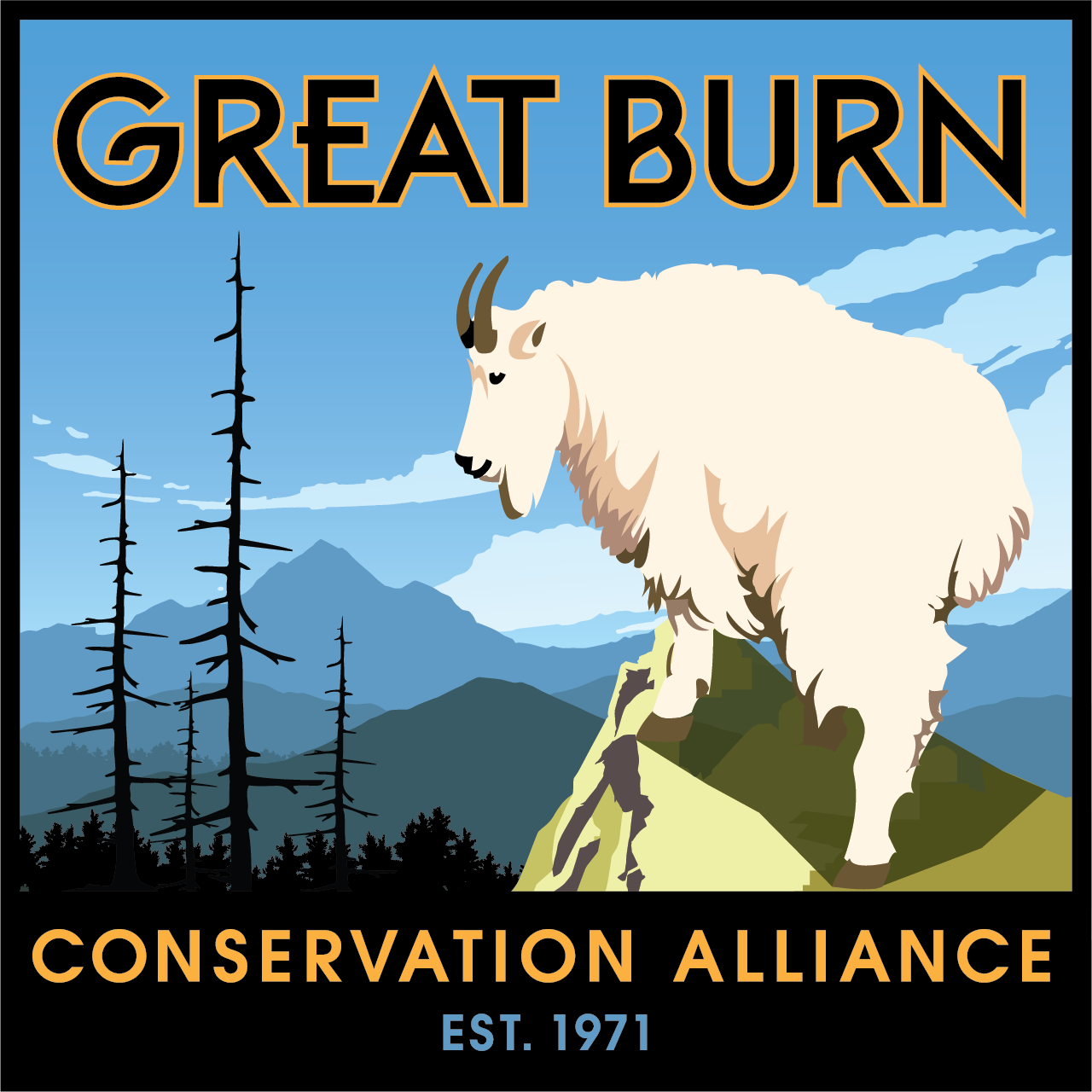Hello, my name is Malcolm and as part of my job assignment as a restoration crew member the powers that be have asked me to write a blog post.
A Red Eft doing a terrific pose in Vermont last spring
Coming from the east I find myself missing the classic herps—repitles and amphibians—I’ve grown up with, particularly the red eft. The red eft is the terrestrial stage of the Eastern Newt and each spring they begin their journey, awkwardly stumbling over every inch of the Northern Appalachians, crowding out trails by the thousands.
Even without my beloved red eft, this season has still been somewhat productive in terms of herps. So now in a tradition stretching back almost 25 years, I will do what every other hack who’s had to write anything on the internet has done…. write a listicle!!
So, without further ado, I present to you:
Malcolm’s Top Four Herptiles of The Burn
#4. Common Garter Snake
Adult Common Garter Snake Seen at Goose Lake this June
These are always a joy to see. However, their penchant for defensively musking when handled drops them to the bottom of the list. Besides producing a terrible odor to discourage predation, the adults have a vibrant color pattern with reds, yellows and grays. The juvenile common garter is much duller than the adults and generally pencil sized, while the adults can be up to two feet long. A small snake, they primarily feed on invertebrates and very small vertebrates like juvenile frogs. This one pictured was observed hunting frogs at Goose Lake.
#3. Columbia Spotted Frog
Columbia Spotted Frog also at Goose lake
Probably the frog you're most likely to run into in the Burn. These little guys often live in numbers especially when it’s breeding season. At Goose Pond there are about a million (a few thousand really) of them right now and they give me hope that despite many days in the field with high temps of 40*F this season, spring/summer is in fact here.
#2. Northern Alligator lizard
Northern Alligator Lizard found this June at Petty Creek
I’ve seen a few of these guys in the Burn. As a west coast species, Western Montana is on the Eastern limit of their range. They are identifiable by their keeled scales, giving them a resemblance of their namesake, the alligator. Their diet is quite similar to that of the common garter snake; mostly eating invertebrates and very small vertebrates. However, in addition to looking very cool they also may bite if handled, so it’s best they be left alone.
#1. Rocky Mountain Tailed Frog
Rocky Mountain Tailed Frog Seen this June in a spring on Pollock Ridge
It doesn’t get better than this. They are small, adorable and you guessed it, they have a small tail. Well not actually, the tail structure is found only on males of the species, is actually the cloaca and used to help fertilize eggs in fast moving streams. They are one of the few species of frogs that procreate through internal fertilization. They are widespread through the Northern Rockies and live almost exclusively in small cool mountain springs. This guy was found in a spring we were using as a water source.
Thanks for reading!
- Malcolm
This is me (Malcolm)






